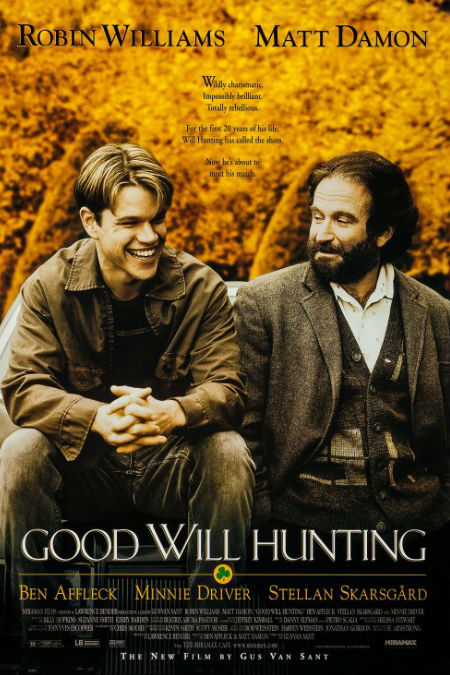
SNAPSHOT
There’s a scene in Good Will Hunting that makes me emotional every time I watch it. It is brilliantly acted and directed, but it’s also emotional because we understand the psychology of the protagonist and witness a cathartic breakthrough.So this video examines how characters use defense mechanisms to protect themselves, how the supporting characters in a story can be designed to weaken these defenses, and how these elements work together to create a powerful catharsis for both the characters and the audience. (synopsis (c) Lessons from the Screenplay)
Michael Tucker’s Lessons from the Screenplay, which you can support via Patreon, is consistently an illuminating source of insight on a rich variety of films.
I am always entranced by his beautifully-put together video essays but his most recent effort, on 1997’s Good Will Hunting, for which stars Matt Damon and Ben Affleck won an Oscar for Best Original Screenplay, really knocks it out of the park.
In this meticulously-constructed dissection of the final scene from the film, Tucker examines how various aspects of psychological understanding and practice are woven into the screenplay to give us a deeply-enriching sense of the transformative journey that the protagonist Will Hunting (Matt Damon) goes on as he confronts his childhood trauma and begins to heal from it.
His is not a straightforward trajectory but then true healing from emotional and psychological trauma rarely is, and the screenplay chronicles Will’s journey from defense mechanism-riddle half life to one in which his true potential can be realised and real healing can begin.
So powerfully well done is this that we experience a catharsis possibly even more powerful than the one Will goes on, one of the reasons, no doubt, why Good Will Hunting strikes such a powerful chord with audiences.